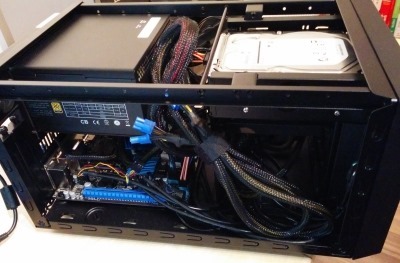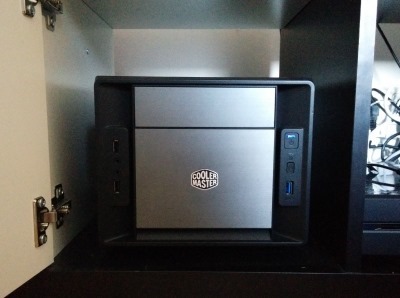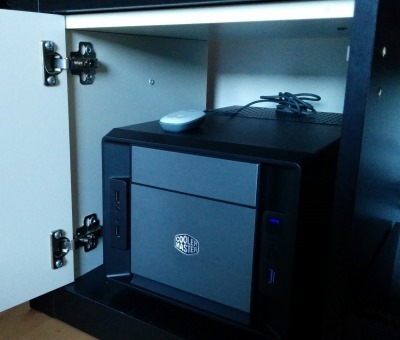Building a new (and silent) HTPC
January 4, 2014Until recently, my home theater / media PC setup consisted of two components:
- An Acer Easy Store H340 running Windows Home Server 2011 hosting all the media content.
- A WD TV Live media player acting as the actual playback system.
I wasn’t particularly happy with this setup anymore, mainly because both systems had been running for quite a while and were getting slower indicating a near end of life.
So I figured a single HTPC (Home Theater PC) would be the perfect solution to replace both systems and I decided to build one myself.
The Basic Setup
These were the initial components I used for assembling my new HTPC and getting it up and running:
- The mainboard is a Mini-ITX form factor ASUS C8HM70-I/HDMI with a dual-core Celeron 847 on-board CPU and Intel HM70 chipset and on-board graphics. More than enough for watching HD videos and some casual gaming like Halo Spartan Assault. To be on the safe side, I put 8GB of DDR3 RAM into the main board.
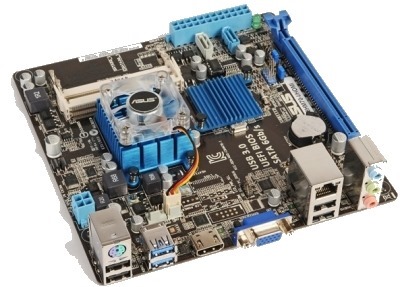
- For a case I chose the Cooler Master Elite 120, which is a decent looking, solid case at a moderate price. It has plenty of room to fit hard disks, case fans and an optical drive while still being able to manage cables efficiently.
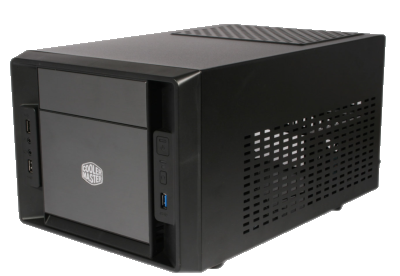
- Because the Cooler Master case does not come with built-in power supply, I had to find an appropriate one. Initially I went for the Corsair CX430 V2, but this one soon turned out to produce too much noise and I had to replace it (more about that later). What I liked about the CX430 though was its modularity, i.e. you only have to connect those power cables that you actually need and do not have a bunch of loose cables dangling inside the case.
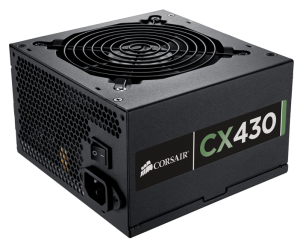
- As hard disks I bought an Transcend 128GB SSD running the operating system (Windows 8) and a 2TB Seagate Barracuda hosting my media (mainly videos and music).
Since this is full-blown Windows 8 PC which is capable of much more than watching video, I also needed an appropriate interface. The Logitech K400 Wireless Touch Keyboard proved to be an appropriate choice here. It’s a compact but ergonomic wireless keyboard that also provides a decent touchpad.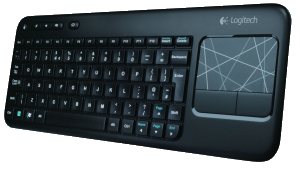
I usually do not buy hardware that come with proprietary wireless transmitters any more (because that’s what freaking Bluetooth is for) but in this case I considered it OK since the ASUS mainboard does not come with built-in Bluetooth. So it had to be some kind of USB adapter any way.
So much about the hardware. My HTPC was up and running - but there it was …
The Noise Problem
It be became apparent immediately that the noise this HTPC produced was simply intolerable. It’s the kind of fan noise that you get used to and have to live with in an office environment but you definitely do not want that at home in your living room. Since I wanted a system that was running 24/7 the only solution here was going for better (i.e. more quiet) hardware.
- The first component I figured that needed to be changed was the aforementioned Corsair CX430 V2 power supply. It exchanged it for a BE QUIET! Straight Power E9 400W and this one is virtually unhearable. The drawback compared to the Corsair power supply is its lack of modularity which increased the amount of cable mess inside the case.
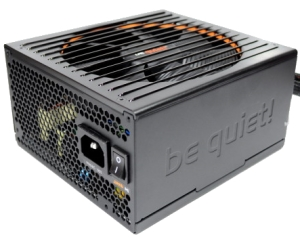
- Additionally I replaced all fans inside the case with quieter models. The stock CPU fan (which was also really noisy) I replaced with a Noiseblocker BlackSilentFan XM1. This one did the trick: again virtually unhearable. The case fans (120mm and 80mm) I replaced with a BE QUIET! Silent Wings 2 120mm and a BE QUIET! Silent Wings 2 80mm. Once more: problem solved!
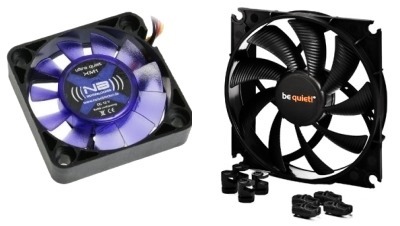
I was pretty confident now that I had the noise issue sorted out, but still: there was an annoying whirring and buzzing coming out of the case from time to time. For a while I was really clueless and wondered what I had missed, double-checking the power supply and case fans again and again …
And then it hit me … it was the hard disk that was still causing the noise!
That means I had managed to get all fan noise down to a level that I could actually hear the noise produced by the hard disk now! Bummer! Still kind of annoying though. Fortunately, this is an issue I can live with for now since the hard disk is idle most of the time and is only audible when Windows spins it up on accessing its files it. Since this is only the case when media has to be accessed, music or movies usually drown out the hard disk sound. So this is more of a theoretical problem at the moment.
The Final System
So this is what my new HTPC currently looks like on the inside. The cable mess is mostly due to the mentioned lack of modularity of the new power supply.
It nicely fits into the IKEA Expedit Cupboard Insert (rear wall removed for air supply) which serves as our TV furniture.
I additionally connected the wireless receiver for an XBox 360 controller to be able to play games like Halo Spartan Assault.
Software-wise I am running XBMC for media playback and the FitBit software since this is a convenient way to synchronize our FitBit devices centrally (see my other blog post).
I will probably add other services over time and extend this blog post since one of the reasons for this project was to have a powerful home server which can host useful services of different nature.
But for now I am pretty happy with this setup.

